
We’ve spoken before about Community Transportation Services, the division of Walt Disney Productions founded in 1974 to develop and market the monorail and WEDway PeopleMover to outside businesses and municipalities. By 1982, CTS had been rechristened WED Transportation Systems and had just completed the first and only installation of a WEDway system outside of a Disney park.

In August of 1981, the fourth generation PeopleMover debuted at the Houston Intercontinental Airport. The Disney-designed system beat out four other transportation alternatives in competitive bidding, when it was determined to be the most technically superior and cost-effective offering. Boasting a 99.8% operational readiness rating at Walt Disney World, the WEDway offered high reliability and a zero-emission drive system that was environmentally friendly. The WEDway trains featured a bare minimum of moving parts, which kept maintenance at a minimum; vehicle weight was kept down by embedding the system’s electromagnetic motors in the track, which allowed the trains to continue operating even if a single engine failed. Advanced – for the time – control computers prevented the possibility of train collisions and provided a level of automation that required minimal staffing.
The Houston system differed from its Orlando cousin in that its cars were larger and enclosed. Trains came to a full stop at stations, where travelers were admitted through elevator-like boarding gates. The trains had higher capacity than the Walt Disney World variants, and traveled at twice the speed. A complete trip from one end of the train’s route to the other lasted seven minutes.
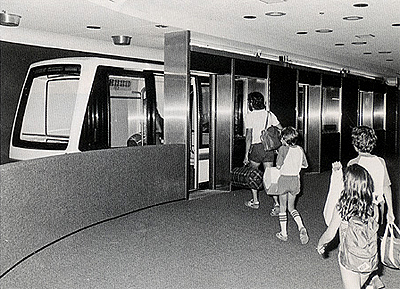
As is so common, reading these documents make one mourn for a future that was lost. Houston’s was the last PeopleMover system to be installed; none of the ensuing Disney parks would feature the WEDway and there have been no other outside contracts like in Houston. Disney had intended to use the PeopleMover in EPCOT Center, but that never came to fruition either. When you look at the transportation issues in our modern cities, and even in Disney’s own resorts, passages like the following sound awfully intriguing:
The current WALT DISNEY WORLD WEDway operates in a closed loop with continuously moving cars. A further developed system is being designed with will permit cars to remain idle until summoned. A “destination command” panel on each vehicle will enable passengers to push the appropriate button corresponding to their desired destination. Vehicle doors will close automatically, permitting the car to be dispatched to the new location. Off-line loading will enable vehicles to bypass unwanted locations and continue without time-consuming stops. Track switching will be controlled by the destination command in the vehicle.
Can you think of any city or community that could use a highly reliable, low-cost, zero-emission mass transportation system? Check out the brochure below, which WED Transportation Systems produced in 1982. Remember – Tomorrowland is a world on the move!


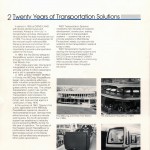
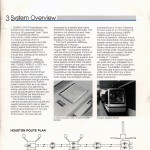
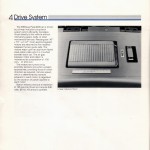
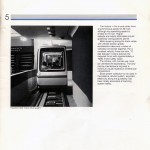

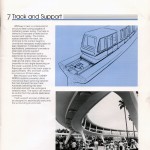
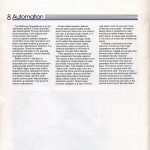
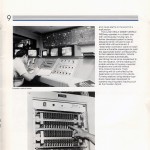
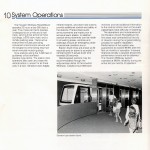
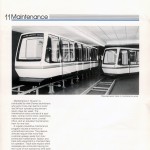
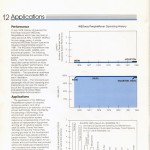

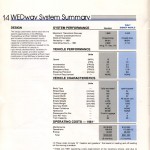










Dear Sirs: Could you please refer me to so individual at Disney who could give me more specs on the WEDway system, I’d like to propose it to a local Government. Cal Smith
I rode on the Houston People Mover several years back and my impression was not very high at the time. It seems be an efficient system, but it’s quite slow and somewhat antiquated and it’s below everything else in the terminal which makes it almost hidden. I had some time to kill so I rode it all the way around, but I was one of the few who were on it. It’s a shame really that Disney didn’t try and further improve on this and sell it in other places. It could work in so many different settings.
[…] **UPDATE – check out this post from Progress City U.S.A.** […]
[…] **UPDATE – check out this post from Progress City U.S.A.** […]